Polymers and Biomaterials
The focus of the research group is the investigation of bio-attractive or bio-repulsive materials and surface coatings with high cell- and bio-compatibility. Ideally, these materials can even switch their properties on demand with short response times for application in the biomedical field. Therefore, an in-depth characterisation of material surfaces and coatings in terms of hydrophilicity, roughness, thickness, elasticity and biocompatibility is essential in order to correlate the biological response with the material properties of the substrate.
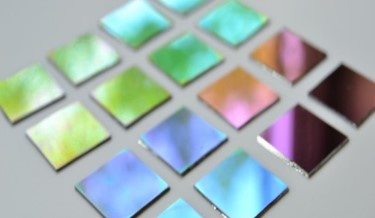


Complex Interfaces and Molecules
The research groups in the area of complex interfaces and molecules deal with questions of structure and dynamics in the scale range from molecules to macroscopic effects at solid-state interfaces. In the research field Complex Interfaces, reactions and structure formation in solid-state interfaces and their dynamics are investigated using experimental and theoretical methods. In the field of molecules, trend-setting time domain coherence techniques are developed in FT-microwave spectroscopy and intra- and intermolecular properties of molecules and clusters are investigated with supersonic expansion sources.
Computational Chemistry
The focus of the research group is the investigation of bio-attractive or bio-repulsive materials and surface coatings with high cell- and bio-compatibility. Ideally, these materials can even switch their properties on demand with short response times for application in the biomedical field. Therefore, an in-depth characterisation of material surfaces and coatings in terms of hydrophilicity, roughness, thickness, elasticity and biocompatibility is essential in order to correlate the biological response with the material properties of the substrate.
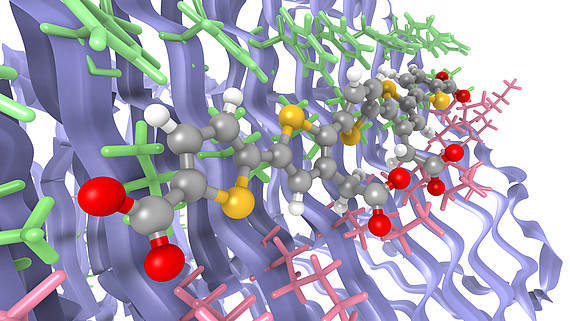
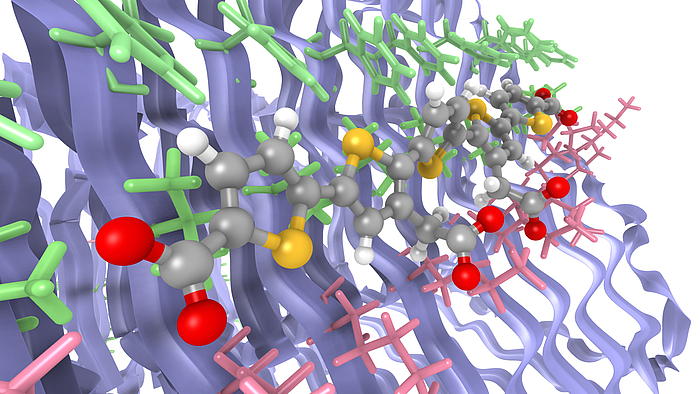
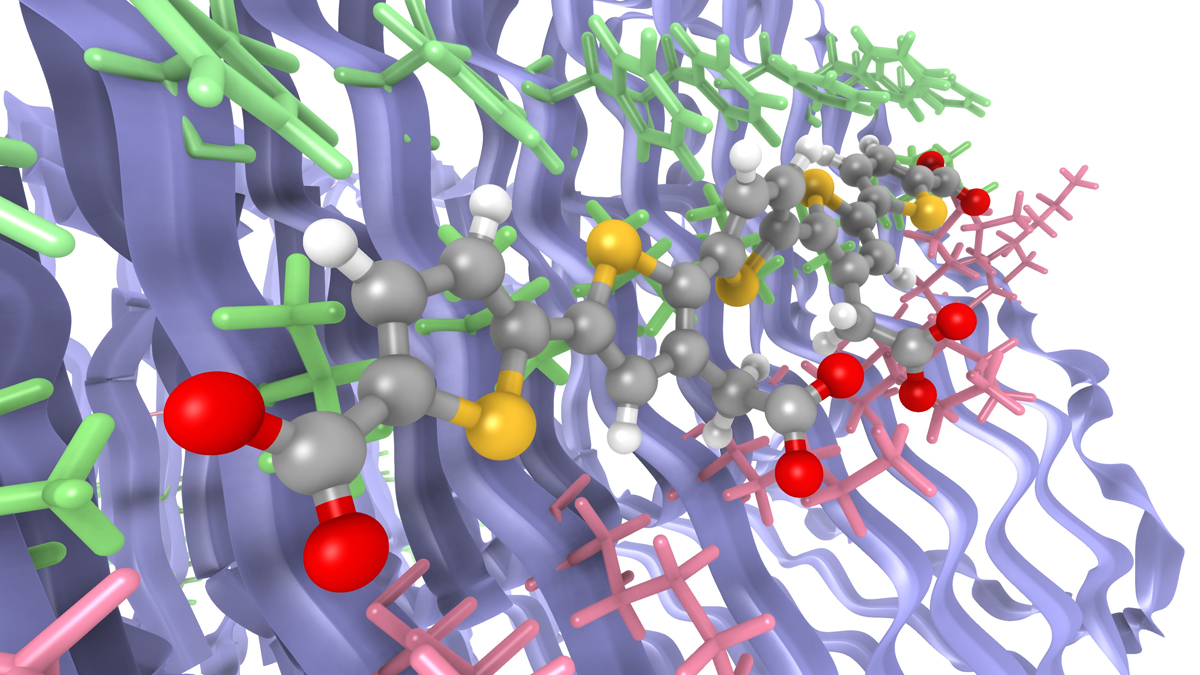 ©
Grafik: Robin Skånberg
©
Grafik: Robin Skånberg
Theoretical Chemistry
The research group is investigating the simulation of chemical reactions. We solve the time-independent Schrödinger equation for the electrons of a molecular system using the density functional approximation. Our individual projects are structured according to the way in which a chemical system is reacted: Photochemistry (by light), mechanochemistry (by mechanical stress), electrochemistry (by electric current).
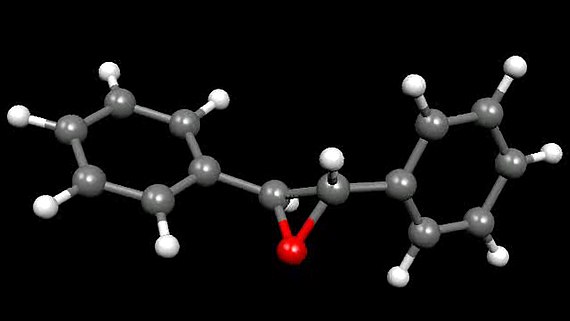
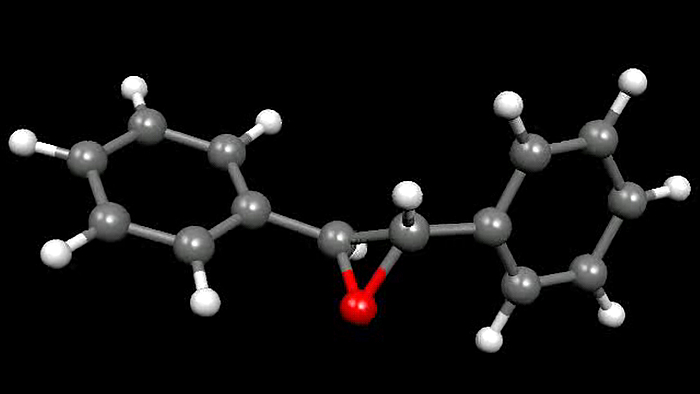
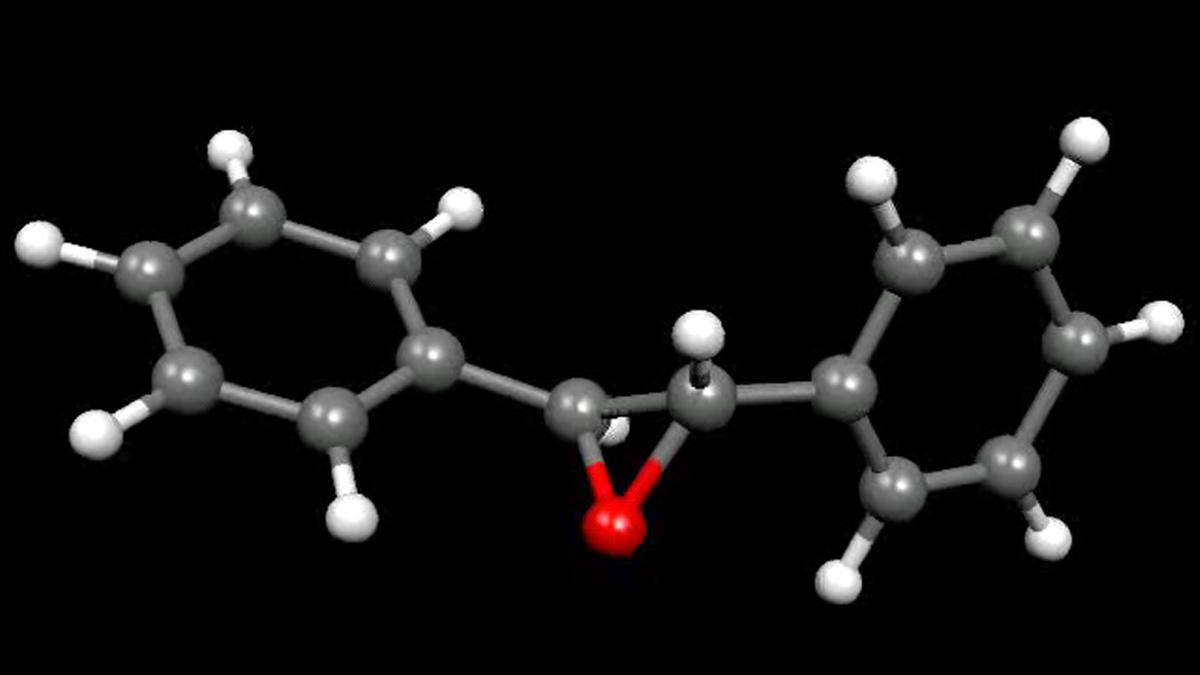
Thermo-Iono-Electronic Materials and Microstructure Analysis
The research group focuses on materials for energy conversion and separation based on thermo-ionoelectronic principles. Knowledge-based approaches include targeted synthesis and functional characterisation, as well as comprehensive elucidation of the real structure at different hierarchical levels down to the sub-nanometre scale.
Transient Absorption Spectroscopy, 2D Semiconductors
The focus of the research group is the combination of colloidal methods to obtain ultrathin 2D semiconductors and the characterisation and evaluation of the structures (e.g. for innovative optoelectronics) by ultrafast spectroscopy methods.

















